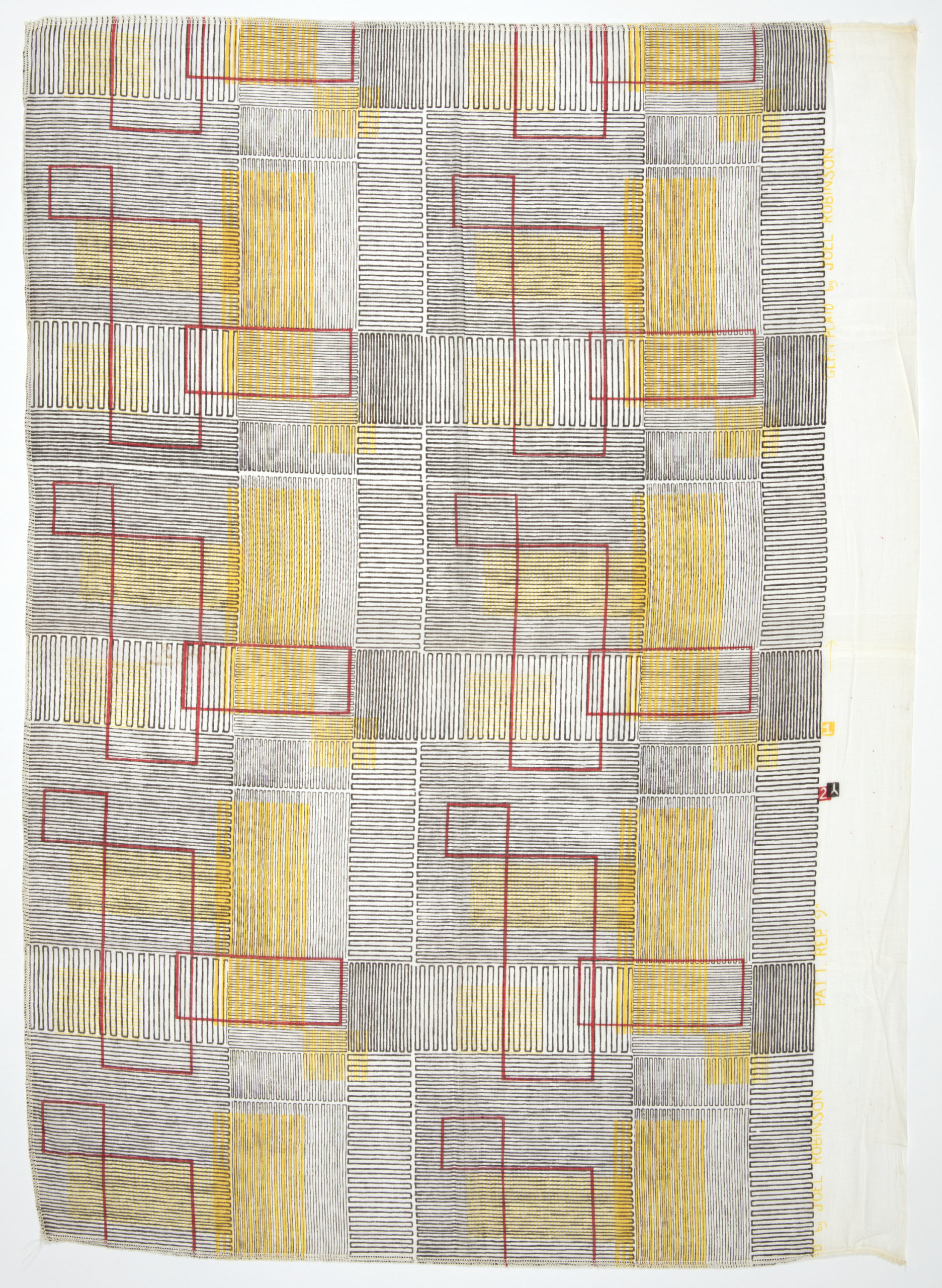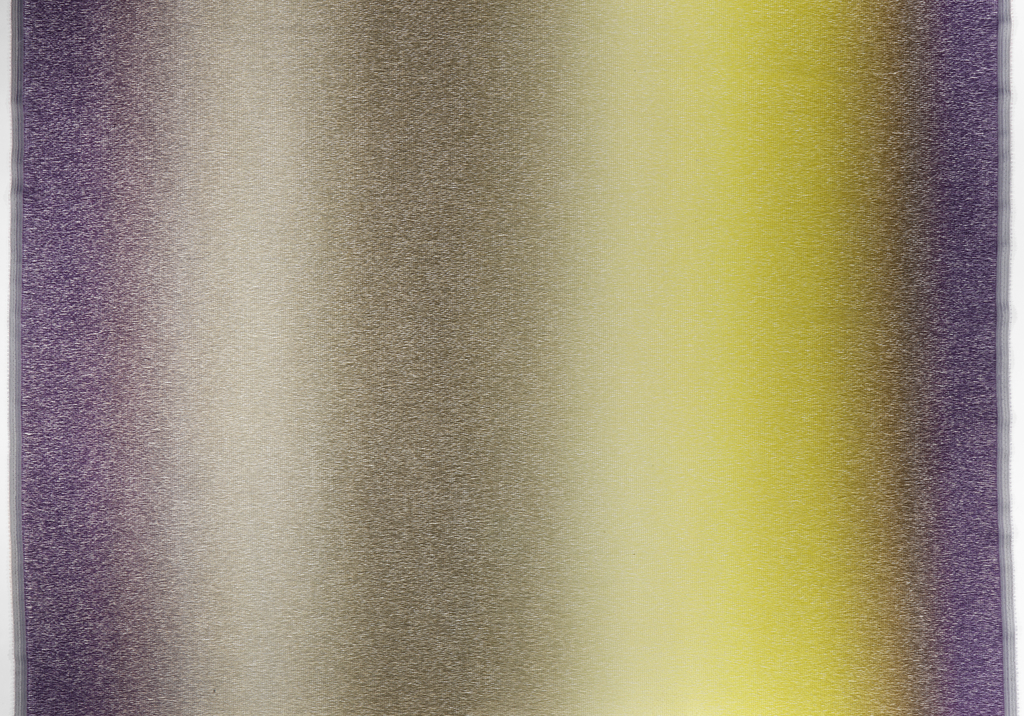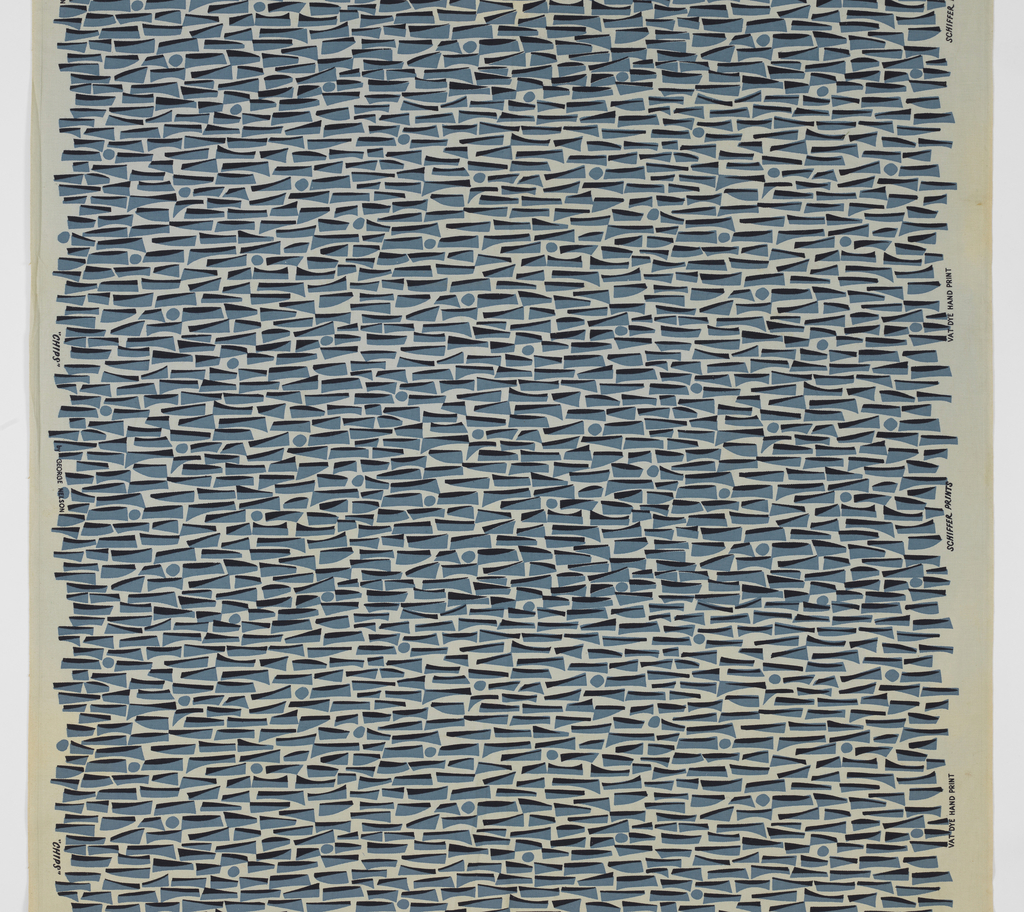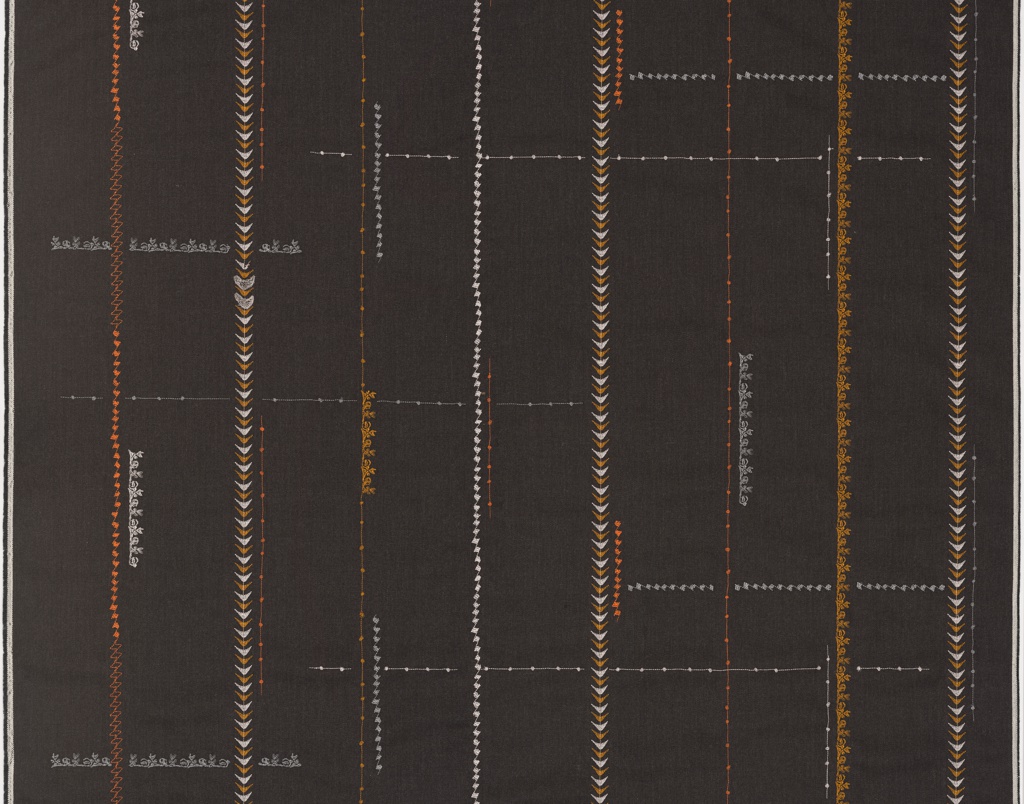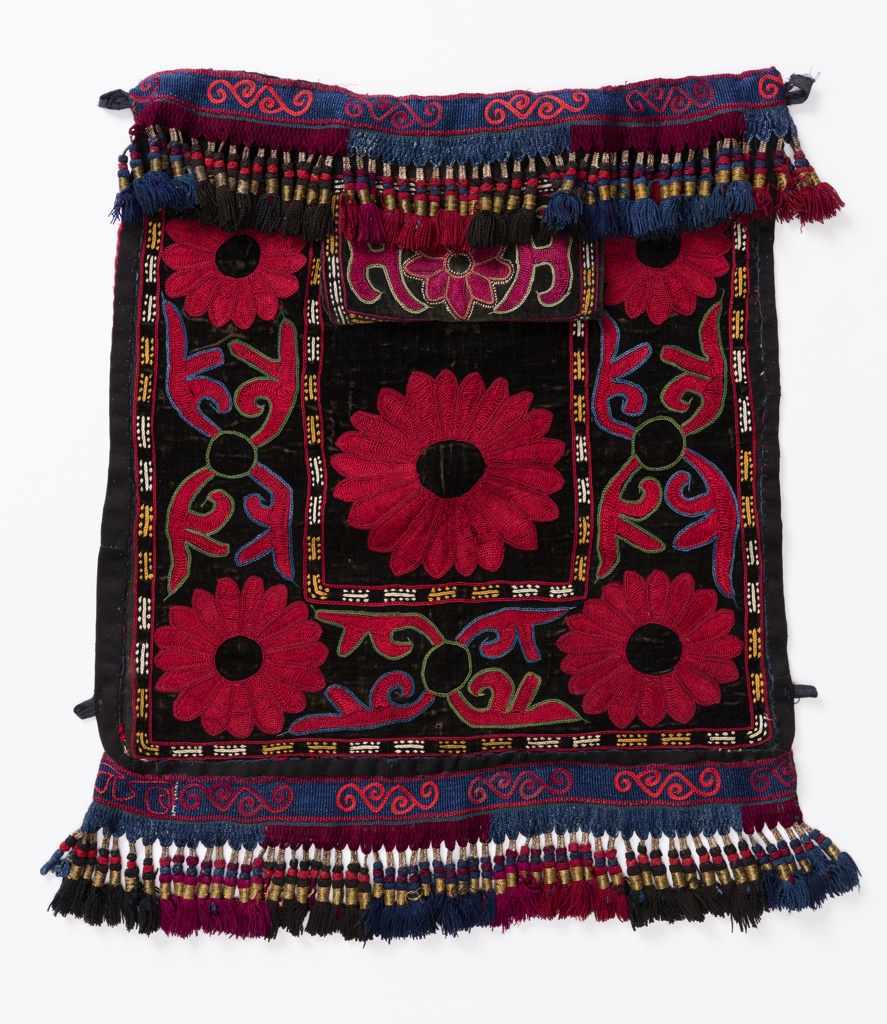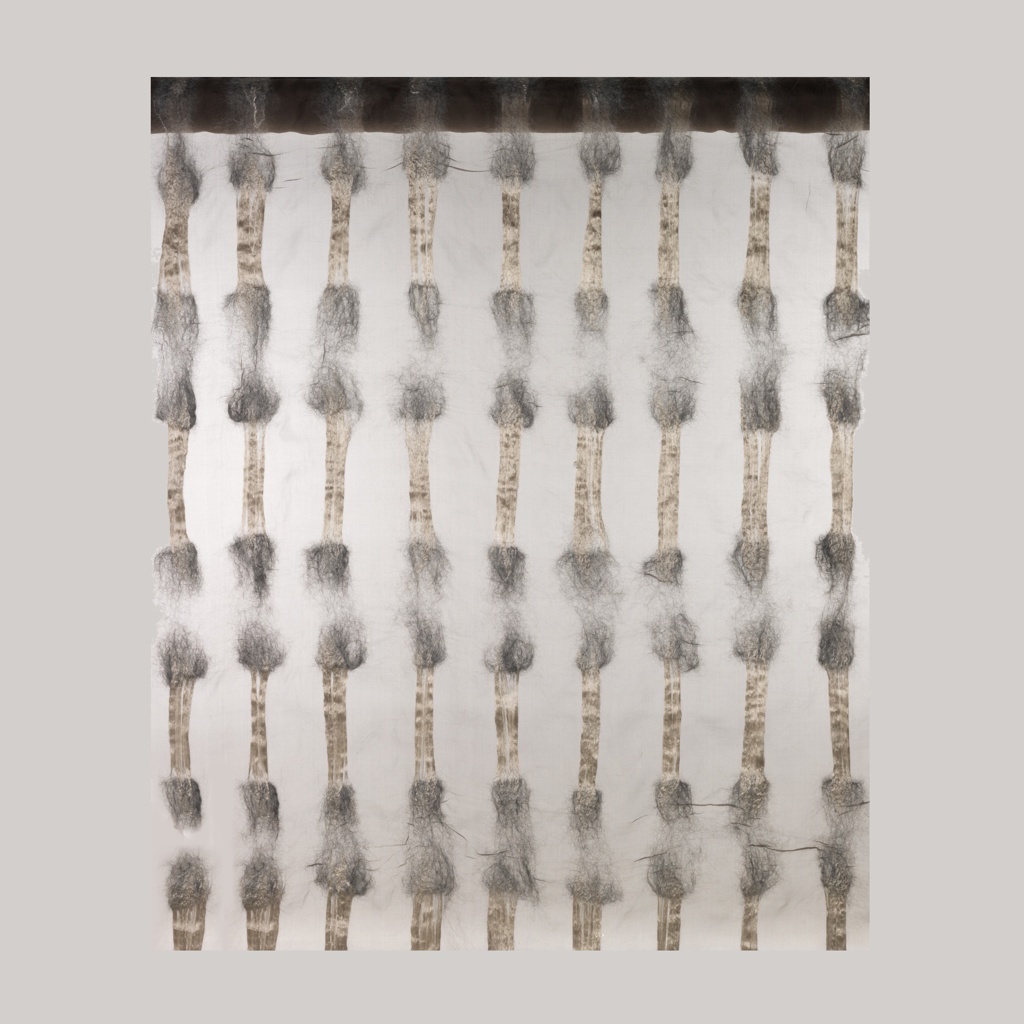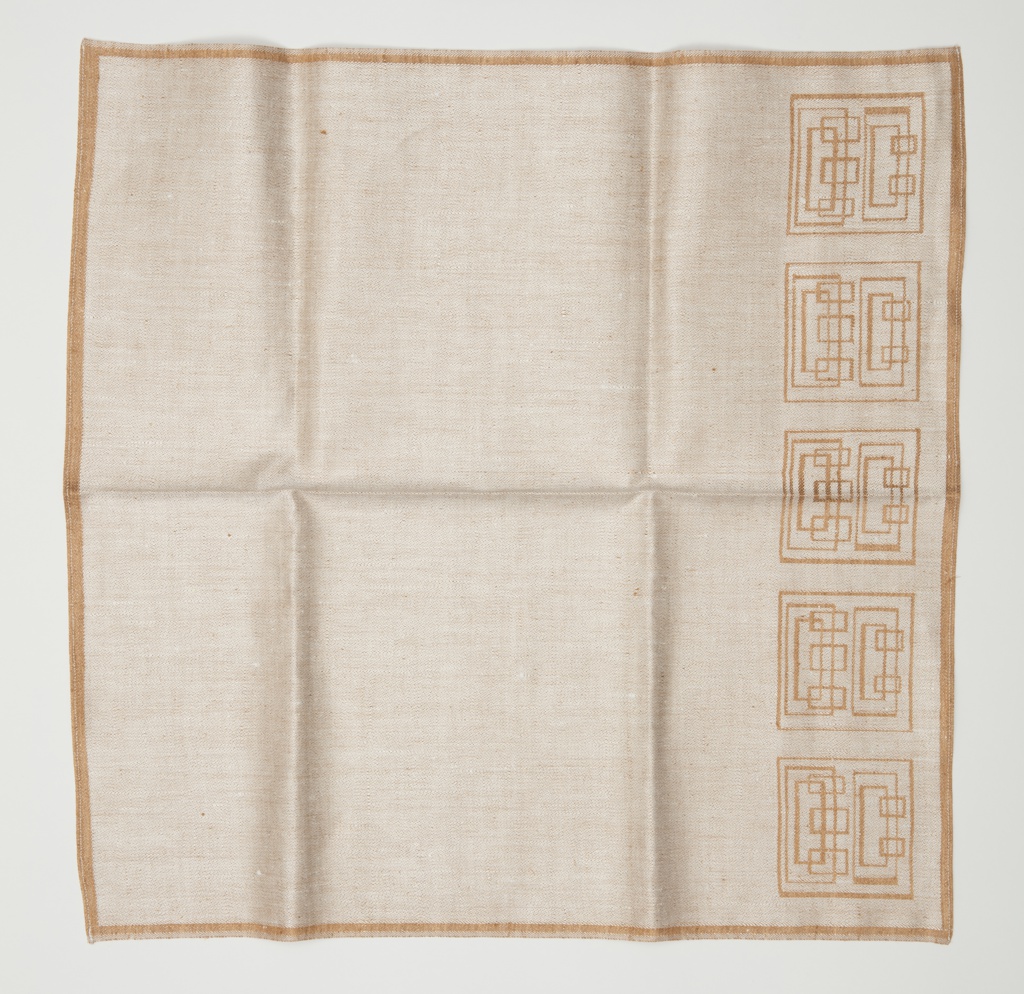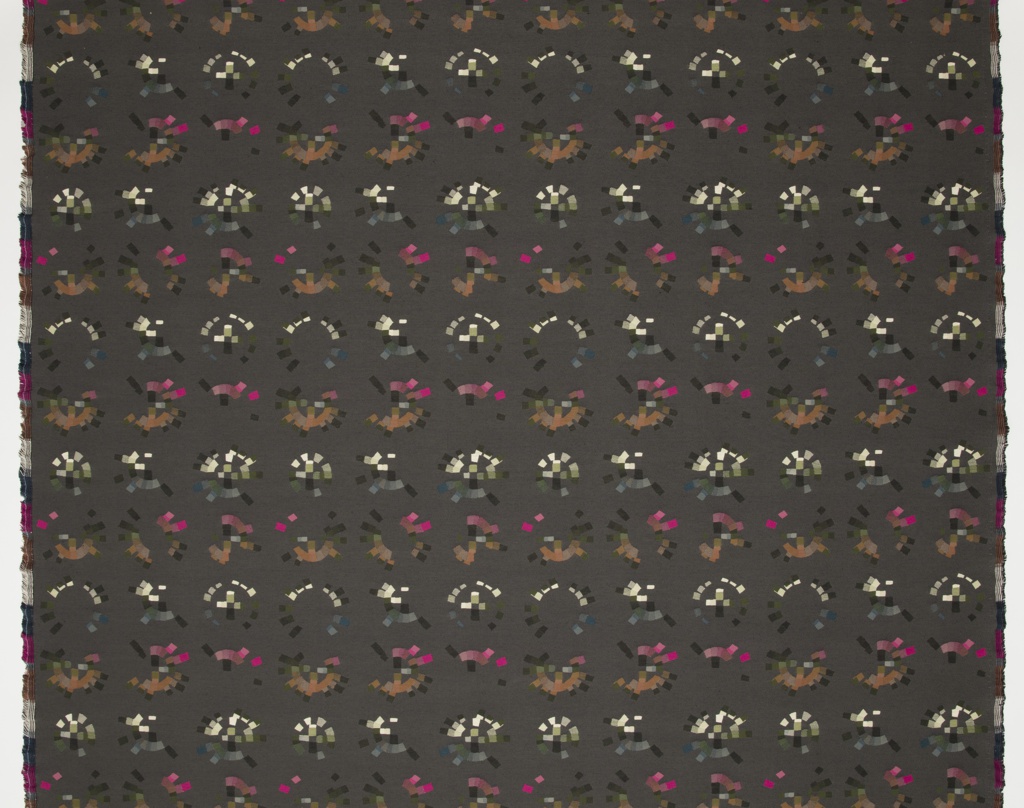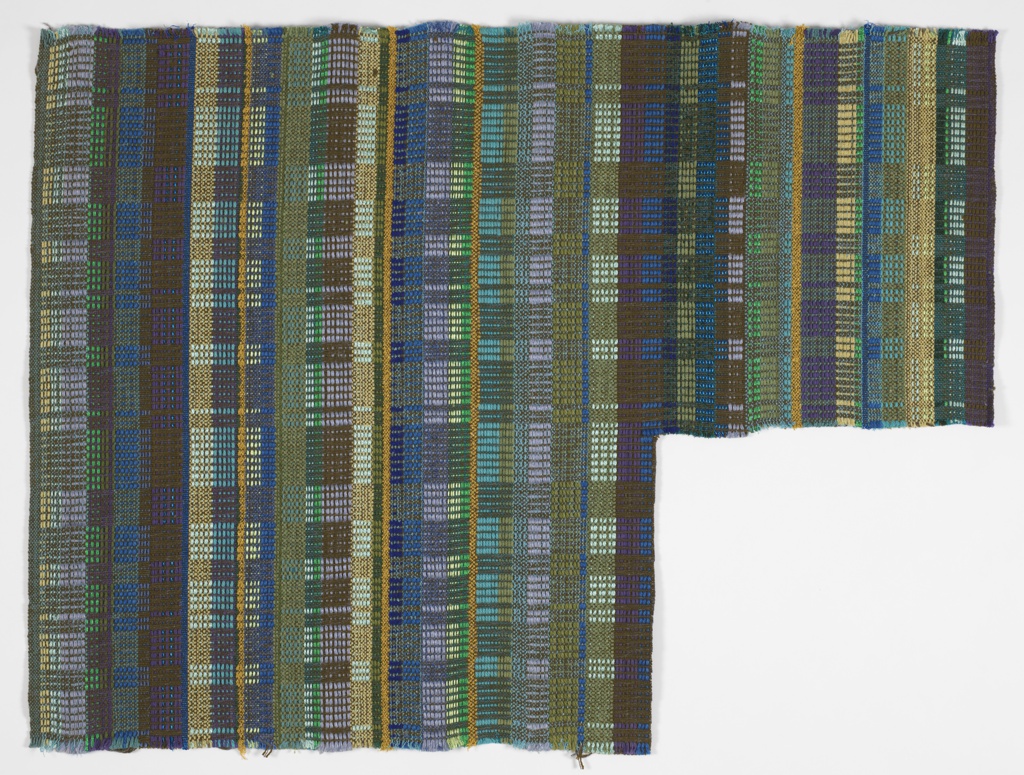“One of the most promising newcomers in the highly competitive field of fabric design is a youthful, multi-talented New Yorker, Joel Robinson,” Ebony magazine proclaimed in 1952.[1] Robinson’s printed fabric Ovals had been shown that winter in The Museum of Modern Art’s 1951 Good Design exhibition, making him the first African American to be included...
Throughout March, Object of the Week celebrates Women’s History Month. Each Monday a new post will highlight women designers in the collection. Does capturing the malevolent and mysterious quality of Rodarte’s fashions in contract fabrics sound like the impossible brief? Then extra credit is due to this collaboration among former National Design Award winners Rodarte...
In the aftermath of World War II, a number of textile producers attempted to revitalize the industry by enlisting recognized personalities in art and architecture to design screen prints. “Perhaps the most outstanding name collection is Stimulus Fabrics produced by Schiffer Prints,” Alvin Lustig wrote in American Fabrics Magazine in 1951. “There was not a...
In 2005, Hella Jongerius was invited to curate a Selects exhibition at Cooper Hewitt. She became fascinated by the museum’s collection of over 1,000 embroidered samplers. For the exhibition, she made her own “Sampler Blankets,” which combined motifs drawn from the historic examples with industrial techniques like machine embroidery and needle-punch felting. These explorations were...
In Kyrgyzstan, the nomadic past is evident in the quantity of collapsible, portable textile furnishings. Textile objects found in Kyrgyz homes include patchwork, embroidered, or appliquéd quilts, saddle bags, pot holders, rugs, clothing, room dividers, and in the case of yurts, tent flaps. These garments and housewares are often made as part of a bride’s...
SI Alpaca demonstrates Claudy Jongstra’s interests in combining sheerness and opacity in lightweight, translucent structures, and in reintroducing historic dye plants such as madder and weld to the Netherlands. Jongstra planted a research garden specifically devoted to dye plants, and has studied with dye masters to learn historic techniques. SI Alpaca is dyed with walnut....
The name Dora Jung (Finnish, 1906-1980) is closely associated with damask weaving, a technique in which the shiny face of satin weave and its matte reverse are manipulated to create subtle patterns. Over the course of her long career, Jung developed a variety of new techniques in damask patterning though her experiments in hand-weaving wall...
Since 2006, Hella Jongerius has been working with Swiss furniture producer Vitra, conducting an intensive study of the colors and textures of the materials used in the company’s products, from textiles and leathers to plastics and woods. Her research was intended to help the company’s designers and clients make the best possible use of color...
Remoulade developed out of a hand-woven wall hanging Jack Lenor Larsen made during the summer of 1954 at Haystack Mountain School of Crafts in Maine, where he remains an Honorary Chair. The original hanging, a weft-faced weave, used over seventy different yarns, including cotton, silk, wool, jute, and Lurex, inserted randomly, to create a richly...
